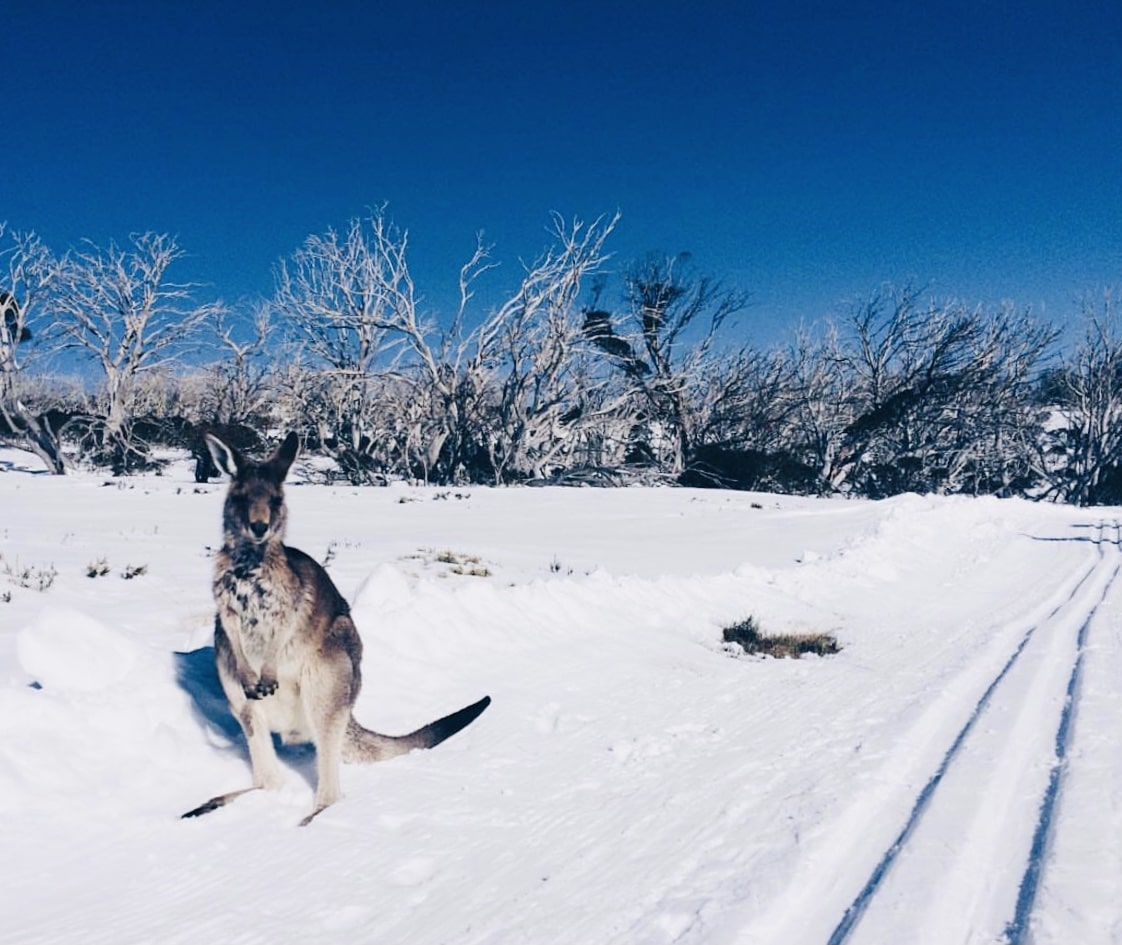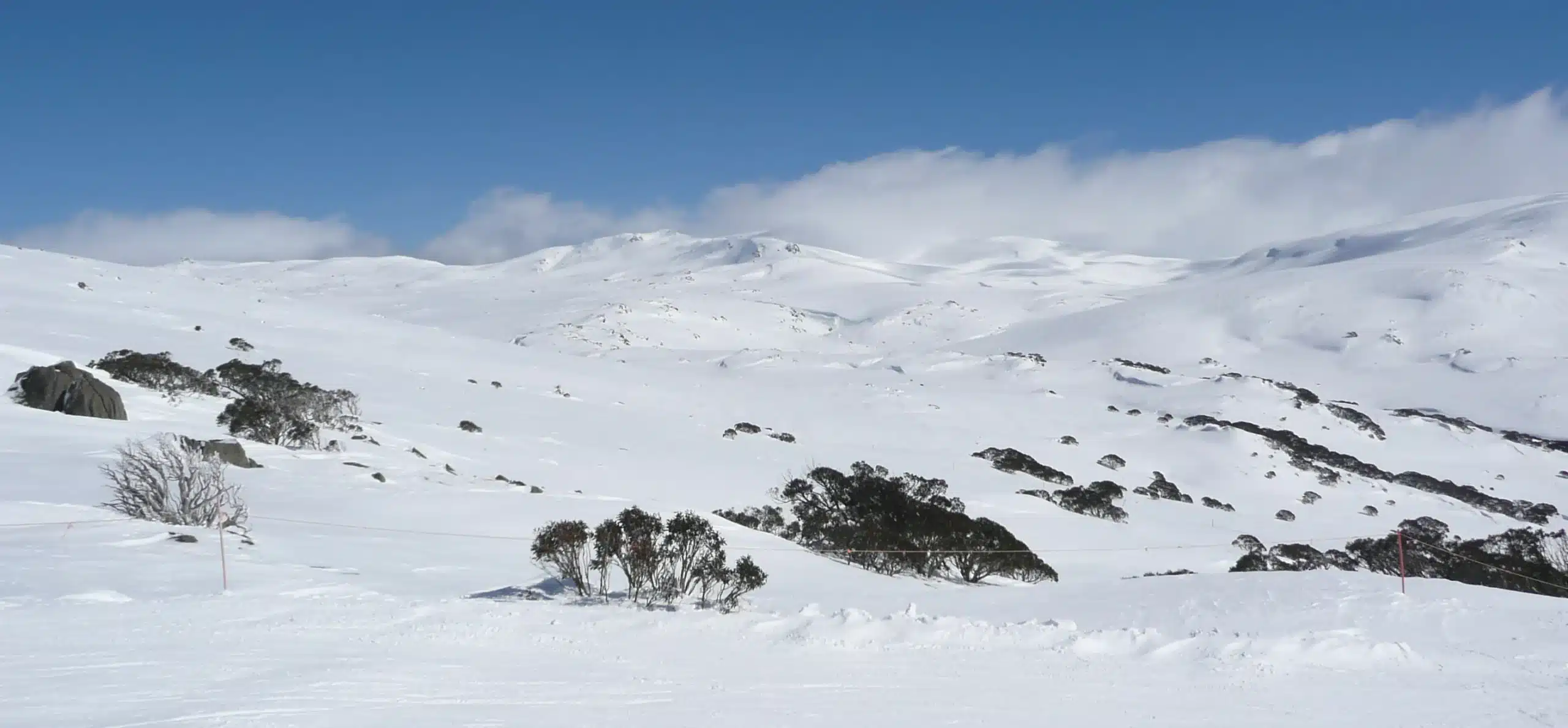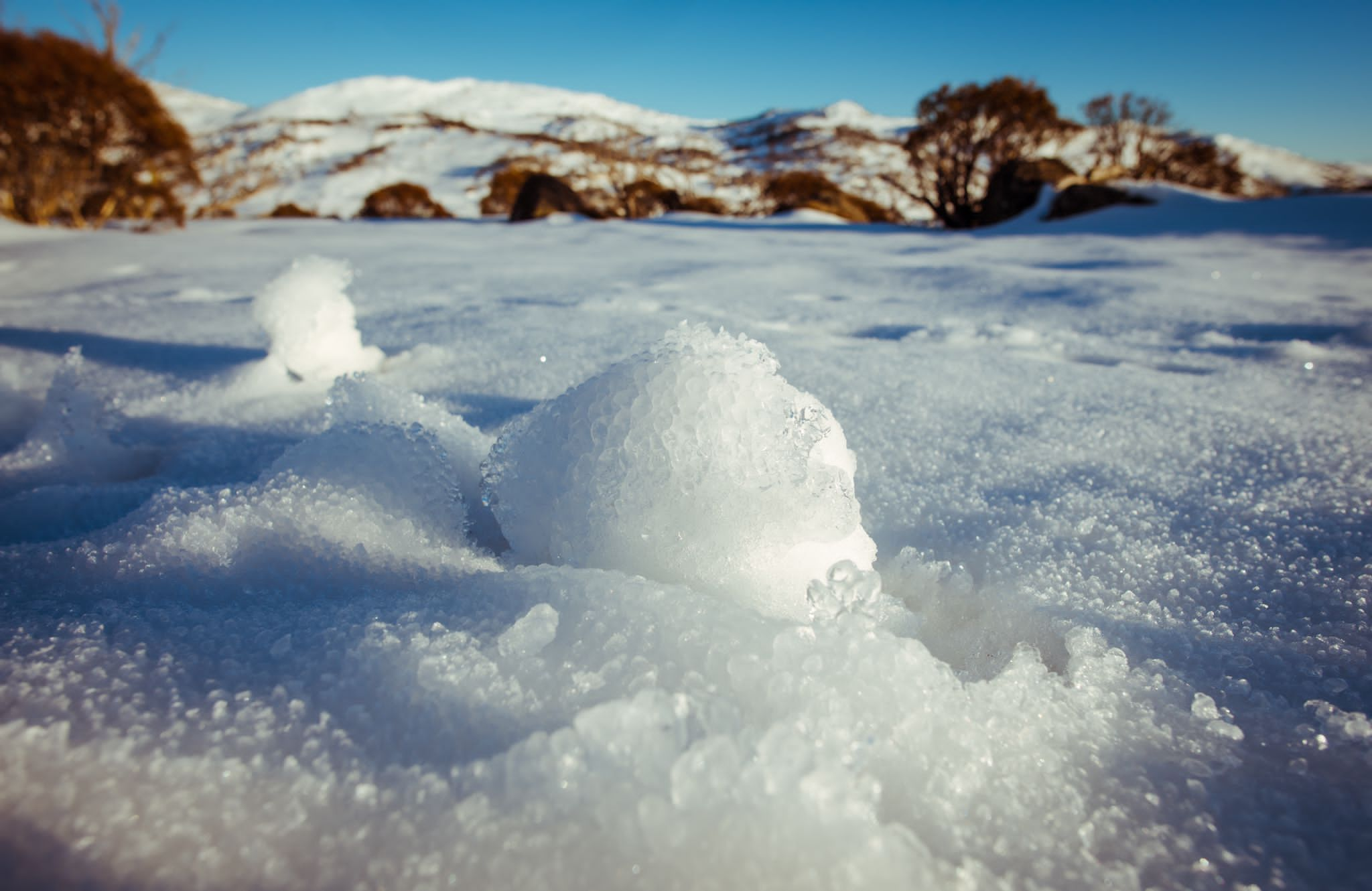Discover the Interesting Results of Snow in Australia on Local Communities
Regardless of its reputation for sun-soaked landscapes, Australia likewise boasts areas buried by snow-- a phenomenon that greatly affects the nation's distinct communities. The shielding buildings of snowflakes safeguard vegetation and animals among the chilliest winters, while the melting snow nurtures rivers and marine life. The actual marvel lies in just how these chilly conditions form the nation's biodiversity and nutrient cycles. As we unravel this complex relationship, we discover ourselves stepping on uncharted grounds in Australia's high country.
The Unforeseen Areas of Snowfall in Australia
Although Australia is usually linked with sun-scorched landscapes and sandy coastlines, specific regions surprisingly experience snowfall. The high nation regions of New South Wales, Victoria, and Tasmania are specifically understood for their winter months snow. The Snowy Hills in NSW, as an example, get plentiful seasonal snow, offering a raw comparison to the country's typical warm, arid environment. On the other hand, the Victorian Alps and components of Tasmania likewise see annual snowfalls, changing the landscape right into a winter months paradise. These locations are not just anomalies however indispensable components of Australia's diverse environment system. The visibility of snow in these areas dramatically affects regional ecological communities, consequently affecting the country's special biodiversity. Nonetheless, the certain influence on Australia's distinct plants will be discussed in the following section.

Just How Snow Impacts Australia's One-of-a-kind Vegetation
While it might seem uncommon, snowfall in Australia plays a crucial role fit the country's one-of-a-kind plants. The snow-filled winters months foster resilience in Australian plant types. This is particularly apparent in the alpine and sub-alpine areas, where snow gums and hill plum-pines thrive. These plants have actually progressed to survive in severe problems, with snow offering as a protective covering from freezing temperature levels and severe winds. The snow additionally adds to the wetness content of the dirt, supplying essential hydration for plant life during the completely dry summertime months. Fundamentally, the snow influences the timing of blooming and seed dispersal, the development prices, and the survival of numerous plant varieties, showcasing the detailed interaction between environment and flora in Australia.

The Adaptations of Australian Fauna to Snowfall
Simply as Australia's flora has adjusted to the wintery problems, the click for more info neighborhood fauna also, exhibit exceptional adjustments to the snowfall. Variety like the Hill Pygmy-possum, the only Australian marsupial known to hibernate, have progressed strategies to survive in snowy atmospheres. It utilizes the snow as insulation, hibernating in rock holes beneath the snow to remain warm. In a similar way, the Snow Skink, a species of reptile, alters its colour to white during winter season, giving camouflage versus killers. Birds such as the Snowy Mountains' Crimson Rosella also readjust their diet plans to eat offered food sources throughout chillier durations. Hence, in spite of the extreme problems, Australian fauna shows a flexible and durable nature, ensuring their survival in areas experiencing snowfall.
The Role of Snow in Shaping Local Environments
In forming the local environments, the function of snow in Australia is both multilayered and extensive. It influences the distribution of plants and fauna, mostly defining the biodiversity of sub-alpine and towering areas. Snow supplies a crucial water resource, feeding rivers and reservoirs as it thaws, hence sustaining a selection of water life forms. Additionally, snow works as an insulator, shielding ground-dwelling organisms from extreme cold. It plays a substantial role in soil formation and nutrient biking. The periodic freezing and thawing of dirt caused check that by snowfall fosters the break down of rocks, boosting soil fertility. Subsequently, the existence of snow shapes the greenery patterns, animal actions, and general sustainability of Australia's special environments. Does It Snow In Australia.

The Future of Snowfall in Australia: Ramifications and predictions

Given the important duty snow plays in shaping Go Here neighborhood ecosystems, the future of snowfall in Australia is attracting increasing focus from environmentalists and scientists. Much less snow can result in minimized water availability in towering regions, detrimentally affecting wildlife environments and plant life. The tourism market, greatly dependent on the winter season snow period, might also deal with substantial obstacles.
Verdict
The duty of snow in Australia's ecological communities is crucial yet typically ignored. It acts as a guard, a nurturer, and a shaper of varied alpine species, adding to the richness of Australia's high nation. As weather patterns remain to shift, understanding the effects and prospective transformations of these snow-influenced ecological communities is essential. Hence, the snow in Australia is extra than a natural spectacle; it's a crucial player in the nation's ecological story.
In spite of its reputation for sun-soaked landscapes, Australia also boasts regions buried by snow-- a phenomenon that greatly influences the nation's unique ecological communities. It uses the snow as insulation, hibernating in rock crevices underneath the snow to stay cozy - Snow In Australia.In shaping the local communities, the function of snow in Australia is both profound and multilayered. The existence of snow shapes the vegetation patterns, animal behavior, and general sustainability of Australia's unique ecological communities
Provided the important role snow plays in forming local ecosystems, the future of snowfall in Australia is drawing enhancing focus from conservationists and researchers.